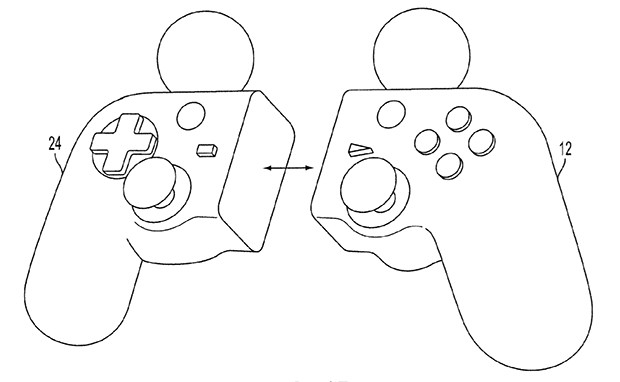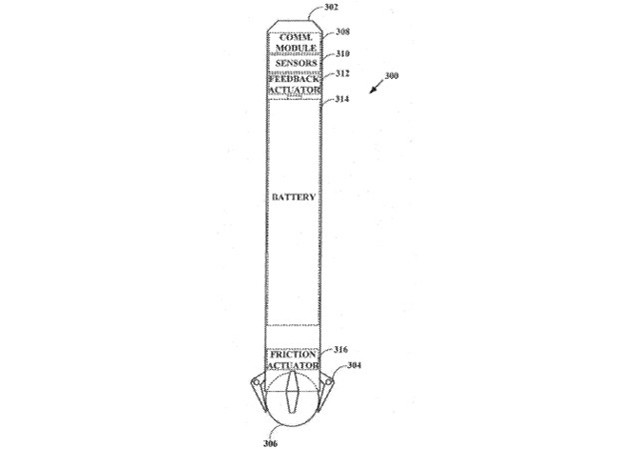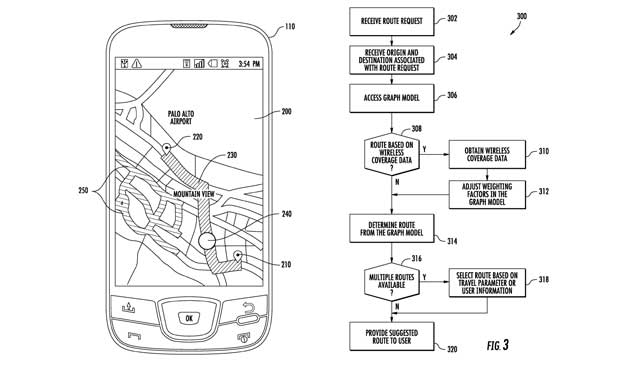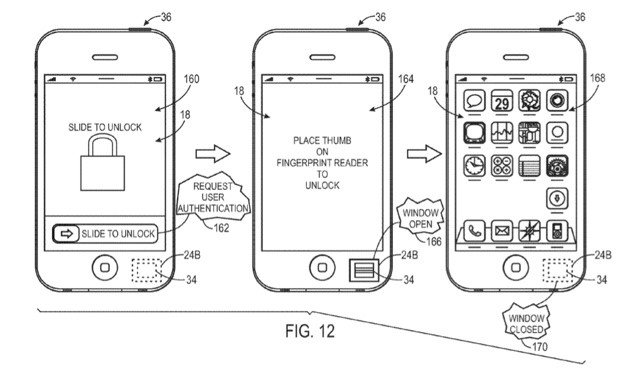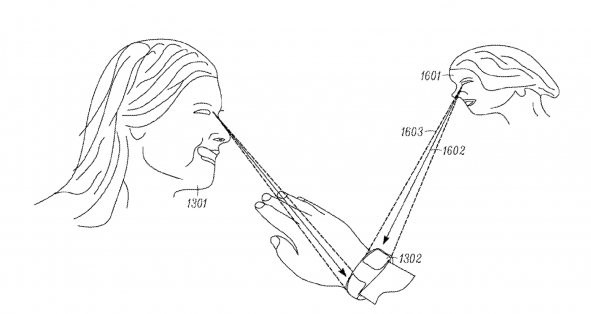
Lately, the smartwatch is all the rage. Not so much with consumers, but at Android Authority, where we’ve been beset on all sides by news of wearable technology. The latest comes from Motorola, who filed a “wearable display device” with the USPTO (US Patent and Trade office) back in February. While the big story is Motorola’s “gaze detection” technology, and creepy patent pictures showcasing it, the filing has a lot more to it...
Read the full story here... Source: Android Authority





